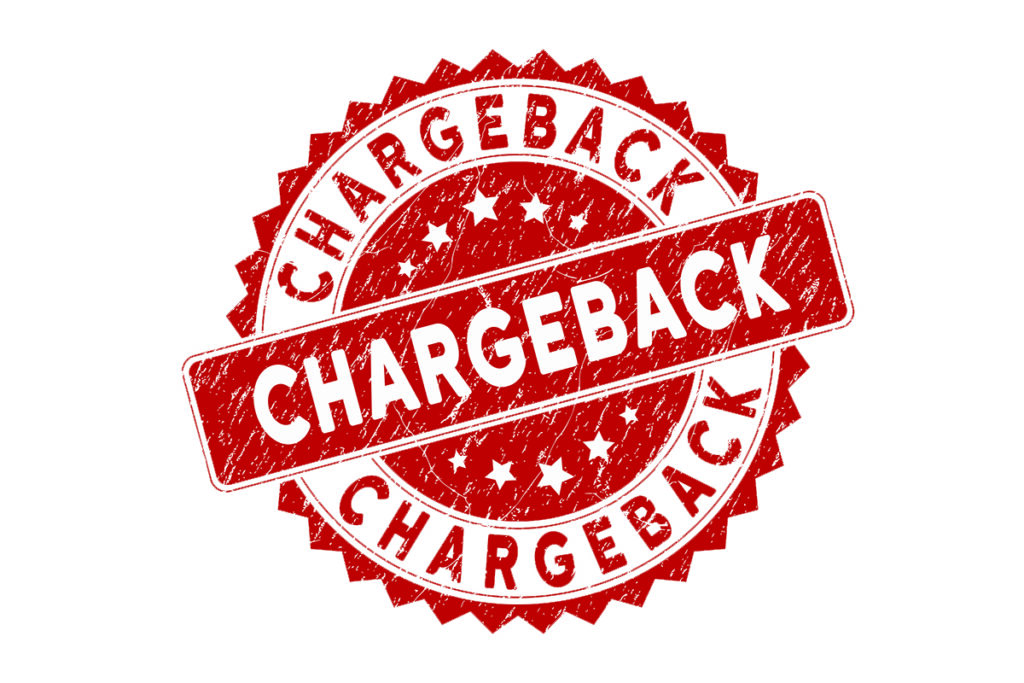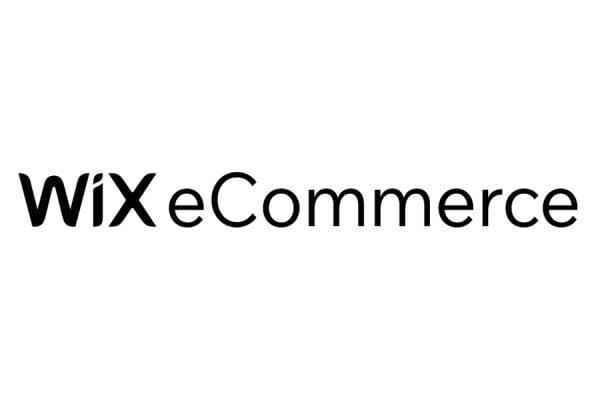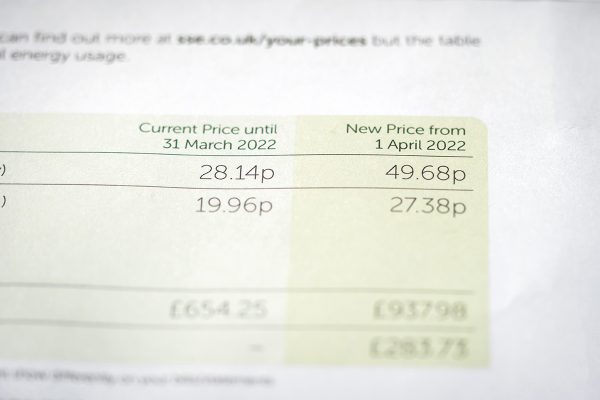The world has changed dramatically since the outbreak of Coronavirus. Forter has created a weekly report to share insights on consumer behaviour and fraud trends during this unprecedented time and this week focuses on chargebacks, where they are increasing and what to watch out for. It’s worth highlighting that service chargebacks are on the rise compared to fraud chargebacks, indicating that consumers may be losing patience when their (perhaps sometimes unreasonable during the pandemic) expectations aren’t being met.
Trends in Chargebacks
Service chargebacks have significantly increased from being 60% less than fraud chargebacks to being 50% more than fraud chargebacks.
This trend can be attributed to two factors
- From early February through mid-March we largely see service chargebacks related to the travel industry in general, most specifically airlines. Cancellations of flights as global travel restrictions abounded resulted in an influx of service chargeback requests to recoup travellers’ lost tickets.
- From mid-March through mid-April service chargebacks began to rise more significantly due to influence from the food and beverage industry as well as grocery and delivery services.
This recent uptick in service chargeback activity reflects
- The increased strain on operational functions across these merchants. Unprecedented consumer traffic and demands led to overburdened operational teams and systems for many businesses. Customers may have experienced delays in fulfilment of their orders or they received items that did not match their orders.
- As documented in Forter’s COVID Special Report, new accounts represent up to 75% of all customer volume as compared to the 5% – 7% of new accounts that represented overall customer volume during pre-Coronavirus days. Many service chargebacks represent new accounts / new customers whose expectations of service were not aligned with the reality of the services they received given the surge in overall activity.
Impact on Transaction Volume by Industry
While not offsetting the pains that many merchants are feeling in the physical world – with their brick and mortar operations being forced to shut down – influxes in online consumer buying patterns have underscored a need for merchants to digitally transform their business.
(Data is from January 6, 2020 – April 19, 2020. Percentage changes reported for each category are the transaction volume for the week ending April 19, 2020, compared to a baseline value which is the median value during the 5 week period between Jan 6–Feb 9, 2020 (Weeks 2-6 of 2020)).
Home Furnishings & Garden – 369% Increase in Transaction Volume ↑
With more individuals at home than ever before, people are investing more time and effort into home improvement projects, “Do It Yourself” (“DIY”) crafting projects, and investments in mattresses and bedding. This is reflected in the upward trend in online shopping at home furnishings and garden stores.
- Mattresses & Bedding: 575% Increase in Transactions
Food & Beverage – 185% Increase in Transaction Volume ↑
While many other industries are feeling the pains of dampened consumer demands, merchants in the food and beverage industry are instead seeing an influx in overall demand.
- Alcohol: 327% Increase in Transaction Volume
Demand and interest in alcohol has increased significantly throughout this period. Demand for alcohol is constant and with many bars and many restaurants closing their physical locations, consumers have turned to courier services to deliver alcohol orders.
Groceries & Deliveries – 243% Increase in Transaction Volume ↑
The online grocery and delivery category continues to see an increase in transaction volume week to week. Online grocery shopping could become a sought-after alternative for consumers as fears of Coronavirus persist and could result in a meaningful catalyst for grocers to expand their online offerings and partnerships with meal kit or meal prep businesses long-term.
Apparel & Accessories – 106% Increase in Transaction Volume ↑
Consumers are settling into the new norms of shopping via online channels. Upticks in online fashion brands in recent weeks underscore this shift. This upward trend is not seen uniformly across apparel retailers. Many brands in this category are still feeling pains given the loss of their physical store presence. Brands across this category have resorted to running promotions to drive seasonal activity and demand to compensate for decreases in brick and mortar activity.
Jewellery – 25% Decrease in Transaction Volume ↓
Jewellery and high-end luxury products are seeing decreased consumer spending given the current climate. Many brands in the retail space are pivoting away from placing orders for high-end luxury items given diminished consumer demand for such products.
Beauty – 216% Increase in Transaction Volume ↑
We see an increase in consumers buying skincare products, with many beauty brands running large-scale promotions to entice shoppers to online channels. Larger beauty chains are more heavily investing in their online channels, and expanding the array of product offerings available via their digital stores. They are likewise improving and accommodating additional shipment options to meet shifting consumer expectations and demands.
Marketplaces – 92% Increase in Transaction Volume ↑
Consumer buying activities within marketplaces have shifted largely dependent on guidance from political leaders and increasing health warnings. Spikes in activity across marketplaces have occurred subsequent to political speeches or health trends that point to growing risks associated to COVID-19 spread. People began to rush out and stock up on supplies (face masks, hand sanitizer, rubber gloves, and toilet paper) as a result.
Travel
The travel industry – including Online Travel Agencies (OTAs), airlines, ground transportation, and hotels – has been one of the most dynamic categories as the outbreak of Coronavirus persists. Fluctuations specifically in air travel volume have been to some extent less due to Coronavirus documented cases themselves but more specifically due to formal travel restrictions on incoming travellers from high-risk countries.
- Hotels: 87% Decrease in Transaction Volume
- Flights: 95% Decrease in Transaction Volume
- Ride Sharing: 89% Decrease in Transaction Volume
- Suitcases: 84% Decrease in Transaction Volume
Virtual Coins – 61% Increase in Transaction Volume ↑
A slight increase in consumer buying activity in this category points to a speculative trend and shift to “new gold” investments as global markets drop.
Computers – 59% Increase in Transaction Volume ↑
As more individuals are working from home, a slight increase in computer transaction volume indicates consumers are investing more in their home workstations.









